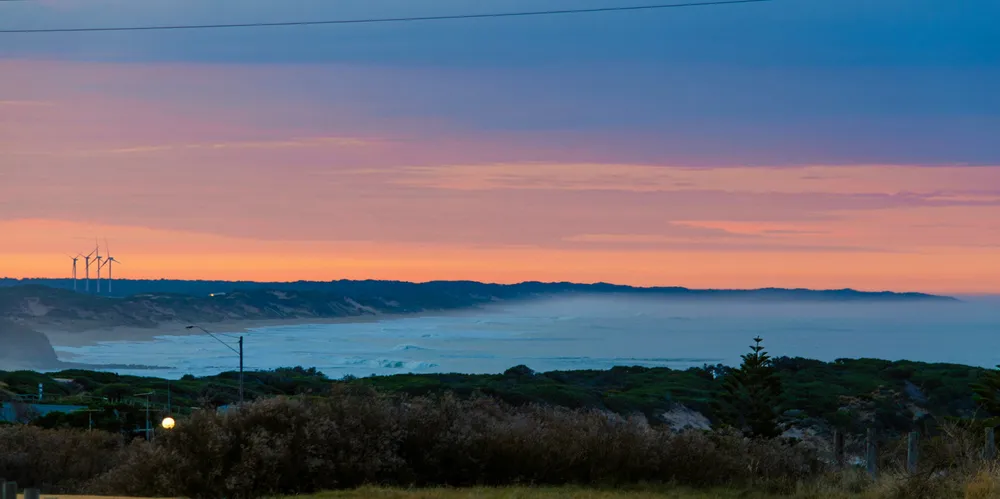Australian state of Victoria seeds gigascale offshore wind play with funding for project trio
Star of the South, Seadragon and third as-yet-unchristened project off country's south-east split $29bn in funding

Star of the South, Seadragon and third as-yet-unchristened project off country's south-east split $29bn in funding
